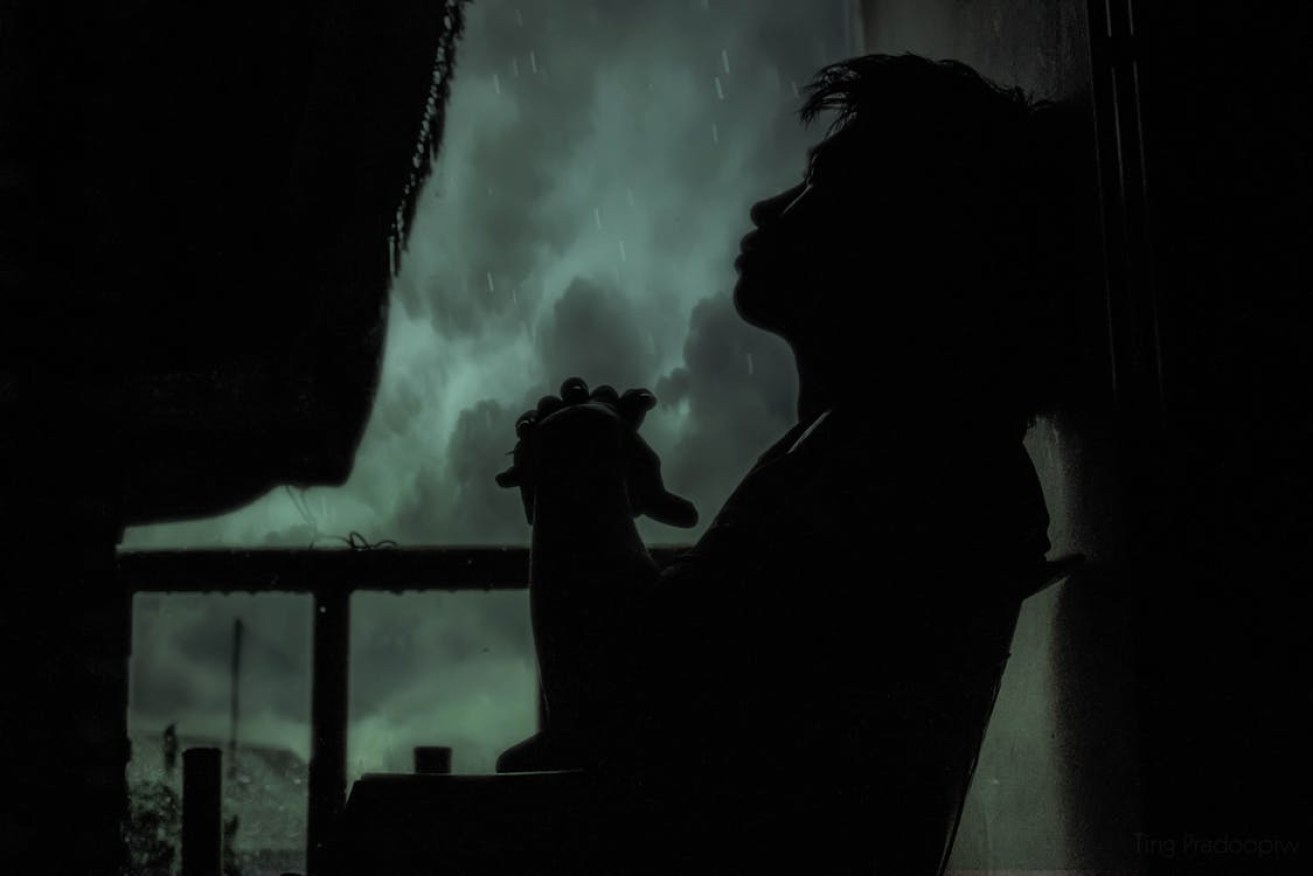Thousands of SA children suffering ‘disturbing’ levels of psychological distress
More than 27,000 South Australian children are suffering very high to extreme levels of psychological distress and are at considerable risk of long-term mental health problems, new research from the University of South Australia has revealed.

Research shows the state needs to boost the clinical budget to $100 million to deliver a best-practice model for addressing children’s mental health. File image
And researchers argue the State Government would need to boost its clinical mental health budget to $100 million and grow the trained workforce by almost 950 community and mental health professionals to ensure those children were receiving the best level of care.
The research, published in the Lancet Public Health journal this month, paints a disturbing picture of children’s mental health in South Australia.
It found seven per cent of children under the age of 18 suffered very high to extreme levels of psychological stress due to adverse family environments and community stressors such as severe financial distress, parental separation, parental mental illness, bullying, and family and community violence.
Lead researcher Professor Leonie Segal said children who experienced high levels of distress in their younger years often suffered from mental illnesses as adults.
“We know more and more that early-life trauma affects brain development and we know essentially that our behaviour is the best indicator of how healthy our brain is,” she said.
“Child abuse and neglect – being yelled at in a household (or) not being engaged in a sympathetic way – makes it very difficult for children to make sense of the world and their brains don’t fully develop.
“If you’re exposed to trauma day in day out it has to affect your mental health and the evidence is really clear that it does.”
Segal said the consequences of children having poor mental health was “dire” and could lead to a “cycle of damage and powerlessness” from school failure, self-harm, alcohol abuse, suicide or involvement in crime.
She said the cycle of mental illness also was impacted by the fact people who had experienced trauma during childhood had the tendency to replicate their parents’ behaviour when they raised their own children.
“Every parent wants to do the best for their child, but often their own trauma or history gets in the way because children with a trauma history struggle to parent themselves, perpetuating this situation.
“It’s not just that early childhood trauma, it could be through racism, what’s happening within the wider community, financial issues, which all creates adversity for the person and impacts their ability to show compassion.”
The world-first research relied on data from the Longitudinal Study of Australian Children and Young Minds Matter mental health surveys, as well as focus groups and online forums with people working with troubled children.
It showed the State Government would need to boost the clinical budget to $100 million to deliver a best-practice model for addressing children’s mental health, compared to a current spend of $24 million on community-based Child and Adolescent Mental Health Services.
Segal said while the state’s health sector was doing well to address physical illness in the community, it was performing “poorly” on mental illness.
“I was surprised by the extent of under-provision. It’s not like we’re just 50 per cent too low – we’re 80 per cent too low in terms of what we’re doing,” she said.
“There’s total disjuncture to what we’re offering and the need out there – it’s just so extreme.”
“We’re still yet to recognise that mental illness is an issue for infants and children and they also need the resources.”
She said using a best-practice model developed by the researchers and tested on research participants, the research team came up with an average cost per person and then multiplied it by the number of children that were identified as suffering from serious distress.
Segal said the former Chief Psychiatrist Aaron Groves was involved with the research and she has since set up a meeting with the new Chief Psychiatrist John Brayley to discuss her findings.
“Because we’ve got a new government I think it’s a fabulous time for them to take a new approach and they’ve certainly paid a lot of interest in the research.”
Brayley agreed the research highlighted significant gaps in the state’s adolescent mental health sector.
He said child and adolescent mental health would be a specific area of focus in the state’s new Mental Health Services Plan, to be developed this year.
Segal said because South Australia allocates similar resources as other jurisdictions to child and adolescent mental health services, the study pointed to a nationwide gap in treatment resources.
“We need to support the up-skilling and advanced training of mental health practitioners and of workers in the broader community services sector such as Centrelink staff, housing (and) justice,” she said.
“As a society and a community, if we don’t spend the dollars to help infants, children, adolescents and their families in distress, the same money and more will be spent on the devastating consequences as early issues become more intractable.”




